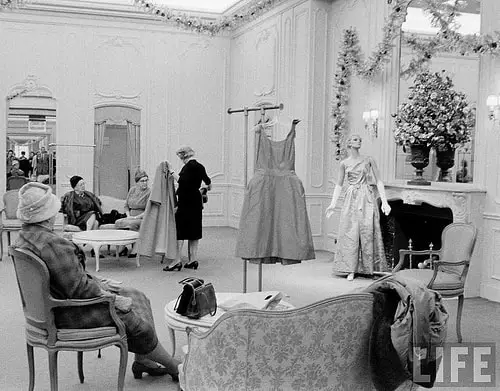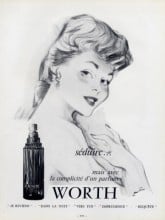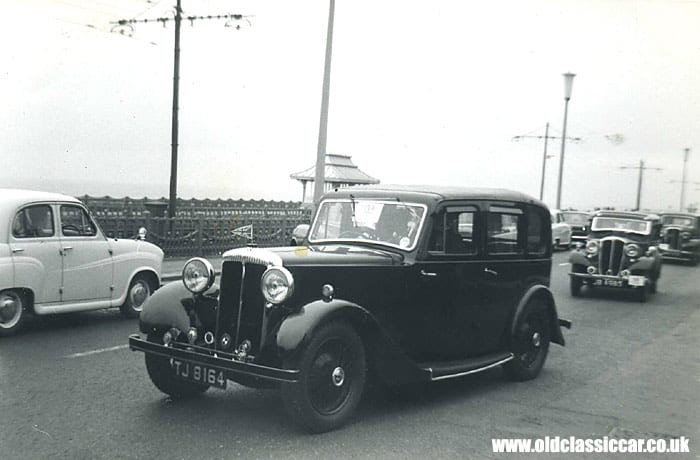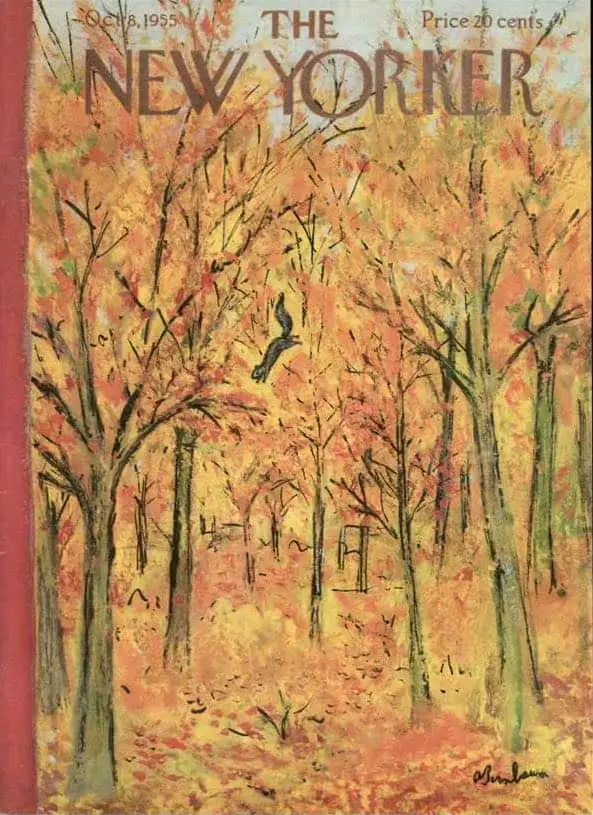WHAT HAPPENS IN THE STORY
From the New Yorker synopsis:
The Beers were shoestring aristocrats of the upper East Side. They were elegant and charming but had lost their money. Alfreda took a number of jobs in the thirties & forties to help their finances. They did some unsavory things but managed to get by on their charm. Their children went to expensive schools. They were waiting for several relatives to die and leave them money. Eventually, they did die and the money they left the Beers was invested in the market – and tripled. Bob bought back everything his father lost.
SETTING
PLACE
This is a story written ‘for’ The New Yorker, for New Yorkers, which is apparent from the first sentence:
There is no sense in looking for trouble, but in any big, true picture of the city where we all live there is surely room for one more word on the die-hards, the hangers-on, the people who never got along and who never gave up, the insatiables that we have all known at one time or another.
And a description of the Beers’ apartment, zooming in to the smaller details of the city:
Alfreda and Bob […] lived in the East Side apartment house that Bob’s father used to own, surrounded by sailing trophies, autographed photographs of President Hoover, Spanish furniture, and other relics of the golden age. It wasn’t much of a place, really-large and dark-but it was more than they could afford…
President Hoover’s time in office began in 1929 and lasted until 1933, harking back to an earlier time. These characters are living in the past, in a time when ‘aristocrats’ were an untouchable class. By the ‘golden age’, I understand that Cheever is referring to that time Hoover was in office, before the wars had broken out.
TIME
The narrator makes it clear that this is a story set between the two world wars, and is not a contemporary story (of the mid 1950s).
I’M SPEAKING of the thirties and the forties now, the years before and after the Big War
What was happening in New York in the between-war years? The Great Depression happened between 1929–1941 and it’s safe to say that no one was having much fun during and between the wars, even if all the technological advances made during this time set the stage for America’s prosperity in the middle of the century.
And what was America like in 1955? As we all know from watching American sit-coms, the 1950s was a generally stable time for Americans and a period often seen as a golden era we might all aspire to once again, regardless of how unusual that decade really was. During the 1950s America’s economy was growing and peaked in the 1960s. Unemployment was low.
That said, a mild recession reached its peak in January 1954, so America was just coming out of that as this story was published. The economy turned sharply downward two years later in the summer of 1957, and reached its low point in the spring of 1958.
So what would have been the general feeling? Would contemporary readers of this story have been feeling optimistic, or pessimistic? I’m going with optimistic for the most part, because whatever was happening in big business would have been less apparent to the middle classes than the fact that all of their friends were buying family cars and televisions and fancy kitchen gadgets which made middle-class lives much easier than ever before.
And what was Cheever feeling? Was he urging readers not to worry about the oncoming economic downturn, because it would be nothing compared to what it had been in the Great Depression? Was he reminding readers that however bad things get, nothing really changes, and good times come again?
MILIEU
Alfreda Beer worked in retail, but there is retail and then there is retail, a distinction that now seems quite foreign, at least to this Australasian reader:
When they were on their uppers, [Alfreda Beer] worked-first at the Steuben glass store, on Fifth Avenue, and then she went to Jensen’s, where she got into trouble by insisting on her right to smoke. She went from there to Bonwit’s, and from Bonwit’s to Bendel’s. Schwarz’s took her on one Christmas, and she was on the street-floor glove counter at Saks the next Easter.
The Steuben glass store, of 667 Madison Avenue, sold fancy crystalware, and people must have stopped buying it up large, because the store closed after 108 years of operation in December 2011.
Jensen’s is a jewellery store at 687 Madison Ave.
Bonwit Teller & Co. was a department store in New York City founded by Paul Bonwit in 1895 at Sixth Avenue and 18th Street. They’ve since gone bankrupt, an Australian company owned it, and even Donald Trump had it for a while.
Henri Bendel sells clothing, handbags and other accessories. They were established in 1895. It’s doing pretty well — its flagship store is still located on Fifth Avenue.
Saks Fifth Avenue has been owned since 1974 by a British company, and still sells expensive clothing to women with its flagship store in New York, though it’s now owned by The Hudson Bay company, which is Canadian.

I’m sure Cheever himself would have been interested to see what became of each of these high-end retail companies over the years — some have survived and thrived; others haven’t. The truth is, the Beers themselves could swing either way. I’m inclined to think the Beers did not do well — long-term — even though the story ends at a point where they are well-off. Those retail stores which have thrived have been savvy about it, and the Beers are not savvy.
CHARACTERS

Cheever offers up a masterful thumbnail character description before offering us some particular examples, which suggests to the reader that this couple are emblematic of many such people, and there’s nothing particularly unique about them:
I mean the shoestring aristocrats of the upper East Side-the elegant, charming, and shabby men who work for brokerage houses, and their high-flown wives, with their thrift-shop minks and their ash-can fur pieces, their alligator shoes and their snotty ways with doormen and with the cashiers in supermarkets, their gold jewelry and their dregs of Je Reviens and Chanel.
Alfreda, Bob and the Daimler
This is a well-matched couple, for anything else we might say about them. If a significant proportion of marital strife derives worldwide from money troubles, then these two are at least on the same page. They are both happy to spend lots of other people’s money, refusing to worry about it much. They have never known poverty, and are therefore not scared of it:
Alfreda had been to school in Fiesole. Her father, like Bob’s, had lost millions and millions and millions of dollars. All her memories were thickly inlaid with patines of bright gold: yester-year’s high bridge stakes, and how difficult it was to get the Daimler started on a rainy day, and picnics on the Brandywine with the Du Pont girls.
These days, we might call ‘trying to get the Daimler started on a rainy day’ a ‘first-world problem’. Alfreda’s family must have been one of the first to own a motor vehicle. The Daimler Motor Company Limited was very much connected with aristocracy, being a British company and the fact that they were awarded a Royal Warrant to provide cars to the British Monarch in 1902. Daimler lost this privilege in the 1950s after being supplanted by Rolls-Royce. This makes Cheever’s choice of car particularly relevant — even the Daimler has lost its genuine aristocratic status; in the 1950s, the company was forced to produce smaller cars for the mass market to supplement revenue from its high-end models.

The reader is invited to judge Alreda Beer for her lack of mothering interest, and it’s clear by now that Cheever himself doesn’t think much of such women — or of women in general:
She had a couple of children between jobs and she used to leave them in the care of an old Scotchwoman-an old family retainer from the good days-who seemed just as unable as the Beers to make an advantageous adjustment to change.
THEME
The way privilege works is, people born to it are buffered by it. They can waste all of their money, do horrible things to their friends and somehow come up smelling of roses, because that’s how privilege tends to work. Just as it’s almost impossible to move from a low-privilege status to a high one, it’s unusual to move from a high privilege status to a low one, because of our larger social networks and superficial characteristics of ‘good-breeding’:
They did some unsavory things; they kited checks, and, borrowing someone’s car for a weekend, they ran it into a ditch and walked away, washing their hands of the whole thing. These tricks brought some precariousness to their social as well as their economic status, but they continued to operate on a margin of charm and expectation-there was Aunt Margaret in Philadelphia and Aunt Laura in Boston-and, to tell the truth, they were charming.
Cheever understands that skin colour is a large part of privilege:
She was a good-looking woman-long-faced and with that New England fairness that seems to state a tenuous racial claim to privilege.
TECHNIQUES OF NOTE
POV
In this story, John Cheever makes use of a storyteller as narrator, in a similar way to The Great Gatsby — the man telling the story is pretty uninteresting, and we don’t know much about him.He is our ‘spy’ into a lavish world. It’s clear that the narrator does not approve of such people, but why not? Is it because he is below them in the pecking order, or above them? In order to cross paths with such people as the Beers, the narrator must be of a privileged class in his own right.
They were the kind of people that you met continually at railroad stations and cocktail parties.
Though our narrator obviously spends money differently, however much or little he may have. We might argue that ‘class’ is determined not by how much money one has at any given moment, but how one spends it when it’s there. Compared to the narrator, the Beers are an uncouth, reckless class, quite different from himself.
The narrator seems almost envious that while he worries about his class dissolving around him, The Beers seem oblivious to it, and therefore immune to its effects:
They were the kind of party where the company is never very numerous and the liquor is never very good-parties where, as you drink and talk, you feel a palpable lassitude overtaking any natural social ardor, as if the ties of family, society, school, and place that held the group together were dissolving like the ice in your drink.
I wouldn’t be surprised if the narrator is distantly related to the Beers — he refers to ‘Aunt Margaret’ as if he might be one of the old woman’s descendants himself, though obviously not an heir.
PEJORATIVE LANGUAGE TO EXPRESS DISDAIN
Several times Cheever refers to Alfreda’s ‘ash-can fur’ coat rather than to simply her ‘ash fur’ coat, which puts me in mind of the more modern terminology of ‘white trash’.
SYMBOLIC SETTING
There is a scene — a turning point scene — in which our narrator meets the Beers on a boat. He’s gone to deliver some presents for his boss, who is due to set sail for England. The Beers happen to be on-board this ship which — symbolically — is brand new but has a dry bar and dry swimming pools — the riches are right there to be seen, but not to be enjoyed, since no one can really enjoy drinking at a bar with no liquor, or swimming in a pool with no water, or reading novels which are under lock and key.
The narrator overhears Alfreda’s ‘boarding-school laugh’ (whatever that sounds like) and learns that the aunt has just died and that the Beers are now rich again. That’s when the ship sets sail — a rather heavy-handed metaphor, perhaps, but it works.
Water is also heavily symbolic for Cheever, who next takes the Beers to the beach, where their fortune in life is compared to waves on a beach — rising and falling, sure, but hey, they’re still at the beach!
They were very aquatic. You know how it is. In the summer months, the northeastern coast up from Long Island and deep into Maine, including all the sea islands, seems to be transformed into a vast social clearing-house, and as you sit on the sand listening to the heavy furniture of the North Atlantic, figures from your social past appear in the surf, as thick as raisins in a cake. A wave takes form, accelerates its ride over the shallows, boils, and breaks, revealing Consuelo Roosevelt and Mr. and Mrs. Dundas Vanderbilt, with the children of both marriages.
Continuing with the ocean theme, our narrator is found ‘all out at sea’.
A SENSE OF UNSETTLING FINALITY
While not exactly a ‘dream sequence’, Cheever ends this story with a scene which may have happened, or it may not. We can’t be sure, because even though the scene of the boat rescue includes very specific detail of the sort your layman storyteller couldn’t realistically make up, the addition of two little words ‘let’s say’ make this a hypothetical scenario in the reader’s mind:
So the summer and the sea will be the setting for their last appearance-their last appearance for our purposes here, at any rate. We are in a small town in Maine — let’s say — and decide to take the family for a sail and a picnic.
The words ‘their last appearance here, at any rate’ is the phrase which leads me to doubt that the Beers will have continued good fortune, or perhaps this is just the narrator’s wishful thinking. Either way, this is a wonderful writing technique to use if you would like to leave the reader with a very unsettling feeling. The other thing Cheever does in this final scene is switch from past tense to present. He switches back to the past tense for the final sentence, which in itself lends the story a required sense of finality, without actually seeming final.
STORY SPECS

First appeared in the New Yorker in 1955.
Most of Cheever’s stories are around 3,000 words, but this one is shorter, clocking in at just over 2,000.
COMPARE WITH

I’m reminded of the book Smile or Die! by Barbara Ehrenreich, who offers a critique of the attitude, expected in America, that outward joviality be expressed at all times. Ehreinreich argues that such attitudes contributed to the GFC of 2008.
People were always glad to see them, for, if they were the pathetic grasshoppers of some gorgeous economic summer, they somehow had it in their power to remind one of good things-good places, games, food, and company-and the ardor with which they looked for friends on railroad platforms could perhaps be accounted for by the fact that they were only looking for a world that they understood.
